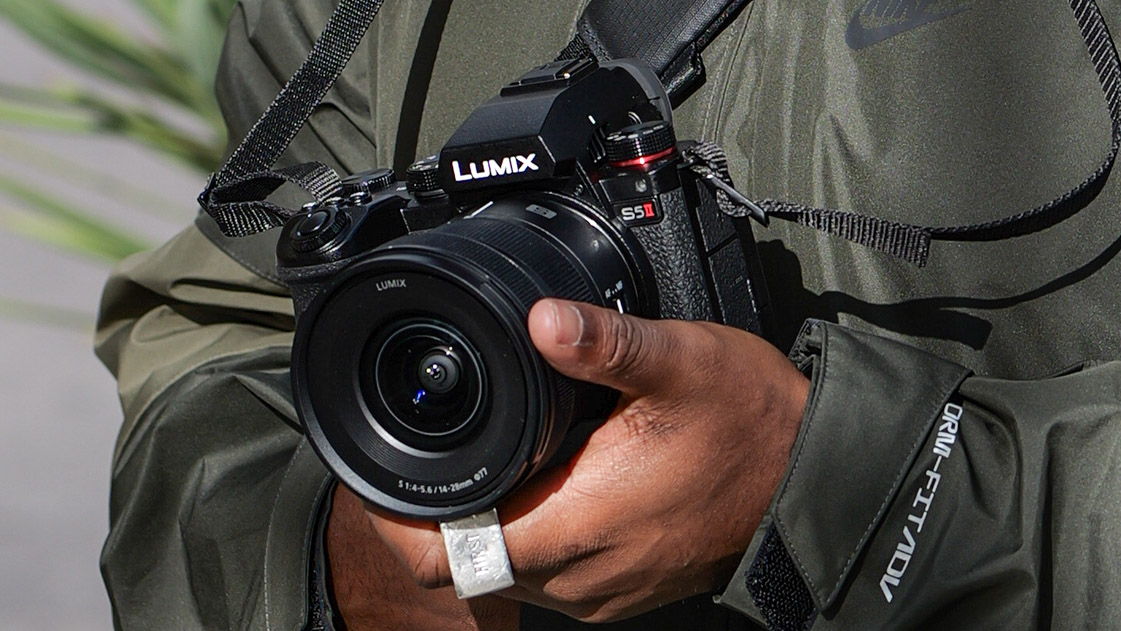The best Panasonic Lumix cameras: from Micro Four Thirds to full-frame and bridge cameras
Which is the best Panasonic Lumix camera? There's a wealth of options so I'm here to help you choose the model that's the best fit for your needs

I feel that the best Panasonic cameras are known for being brilliant for video, with the Lumix range including some of the finest consumer video cameras ever made. But that doesn't mean they don't excel for stills photography as well, and with various body and sensor sizes available, the Panasonic camera lineup offers something for all visual content creators across photography, video and both.
As a pioneer of the Micro Four Thirds system, Panasonic has one of the most mature mirrorless line-ups on the market today. Its Lumix G cameras offer more portable bodies and lenses than other ranges, while the open nature of the Micro Four Thirds system enables interchangeability between top lenses from Panasonic and Olympus/OM System, as well as a slew of third-party options. This makes for an extensive and adaptable lens ecosystem.
I was really excited when Panasonic introduced the Lumix S range of full-frame mirrorless cameras, competing at the high end of the market. These offer a superb balance of features, performance and price, and are supported by the L-mount alliance with lenses from brands like Leica, Sigma, and Samyang, although Panasonic has been ramping up its own excellent range of full-frame lenses.
Finally, Panasonic also offers fixed-lens compact cameras, catering to photographers who don't want the expense and complexities of interchangeable lenses. For this guide, I've cherry-picked different cameras from the different ranges, to help you decide exactly which Panasonic camera is right for you.

Gareth is a photographer based in London, working as a freelance photographer and videographer for the past several years, having the privilege to shoot for some household names. As our Reviews Editor he's an expert in the latest camera kit, and is ideally placed to lead our team picking the best Panasonic cameras.
The Quick List

The Panasonic Lumix S1R II is the best high-res camera in the lineup for stills and video, while also being very competitively priced

The Panasonic Lumix S5 II offers the best value for money in the full-frame camera lineup, and is most ideal if you're on a tight budget
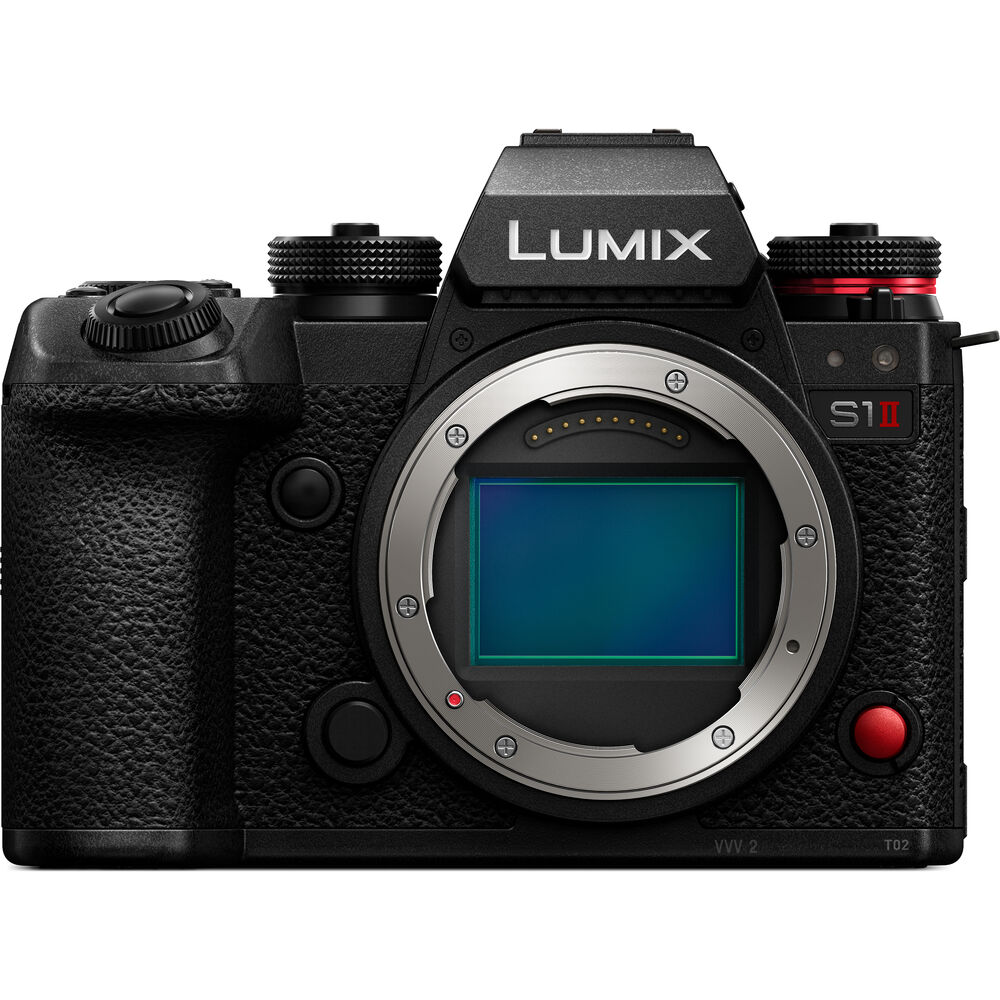
The G9 II is the best of Panasonic's Micro Four Third cameras for stills and its 2x crop factor gets you closer to sports and wildlife
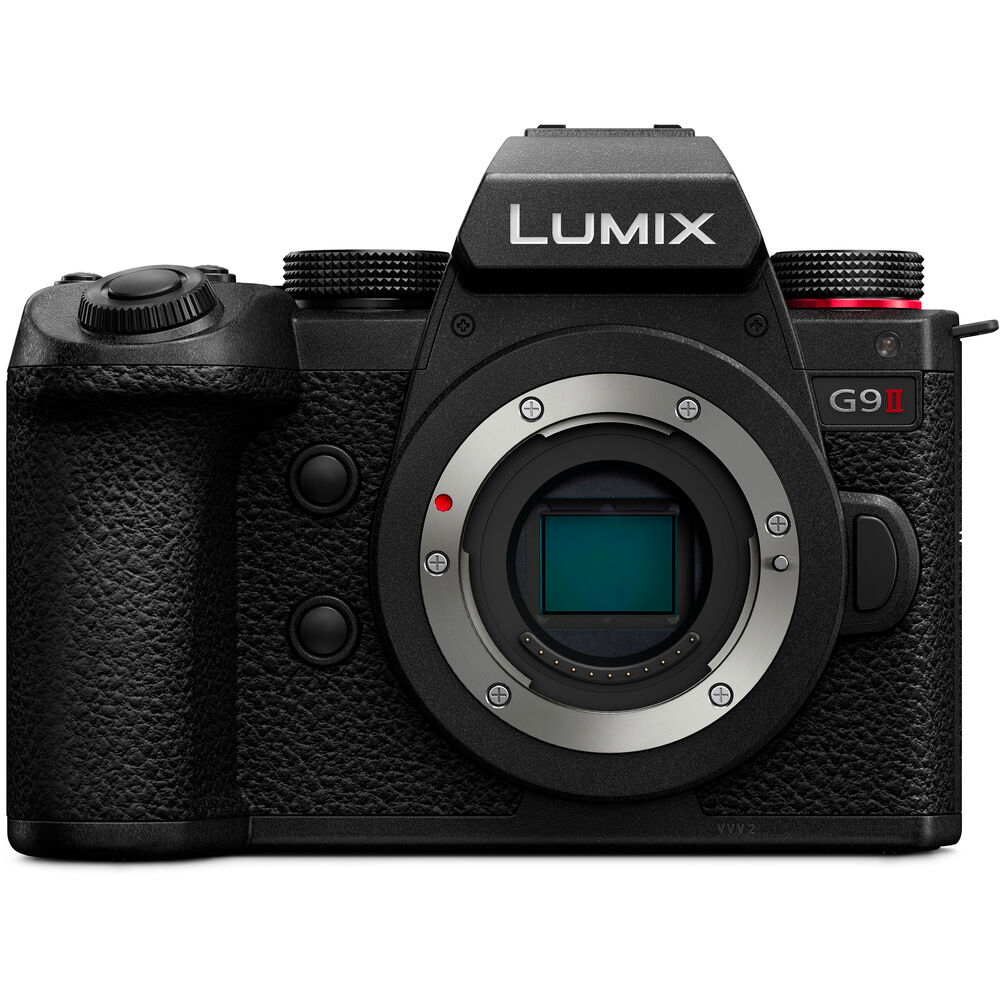
The S1 II is a real speed thriller with 70fps shooting for stills and uncropped 6K open-gate video, making it a standout choice for hybrid shooters

The Panasonic Lumix S9 is a remarkably small full-frame camera that can slip into your pocket for travel or as an everyday constant companion

The Lumix S5 IIX is one of the best hybrid cameras for professional video, with outstanding full-frame quality, codecs and high-end features
view more...

Small and compact, the Lumix G100D is one of my favorite vlogging and travel cameras. It's ideal for YouTubers who are just starting out

The latest and greatest of Panasonic's Micro Four Thirds cameras for enthusiast filmmakers, which now boasts rapid phase-detection autofocus

If you want to create video on a tight budget, you can't go wrong with this compact but highly capable Micro Four Thirds camera
Best Panasonic cameras
Why you can trust Digital Camera World
Best Panasonic camera overall

Specifications
Reasons to buy
Reasons to avoid
Panasonic’s new flagship makes no compromises, fusing high-resolution stills with class-leading video in a body that’s smaller, lighter and markedly faster than the 2019 S1R it replaces. A 44.3MP full-frame CMOS sensor and updated Venus engine deliver 40 fps electronic bursts (9 fps mechanical) with 8-stop Dual IS stabilisation, while the latest phase-detect AF finally brings sticky, AI-assisted subject tracking for people, animals, and vehicles. Lab tests show the S1R II resolving more detail and retaining more dynamic range than the Canon EOS R5 II or Nikon Z8 across the ISO range, with impressively clean high-ISO noise performance.
For videographers, the upgrades are even more dramatic. The camera records internal 8.1K/30p or 5.8K Apple ProRes HQ, offers 14-plus stops of dynamic range, and will gain 8K open-gate via a forthcoming firmware update. Dozens of recording combinations, SSD direct-to-record, and a new cropless electronic IS mode make it one of the most flexible hybrid tools available. Heat management is handled by an internal fan borrowed from the S5 IIX, yet the magnesium-alloy body is 20% smaller than the first-gen model and only 2 % larger than the S5 IIX. A fully-articulating 3-in vari-angle screen, 5.76 M-dot OLED EVF, and dual CFexpress B / UHS-II SD slots round out a truly pro-grade spec sheet.


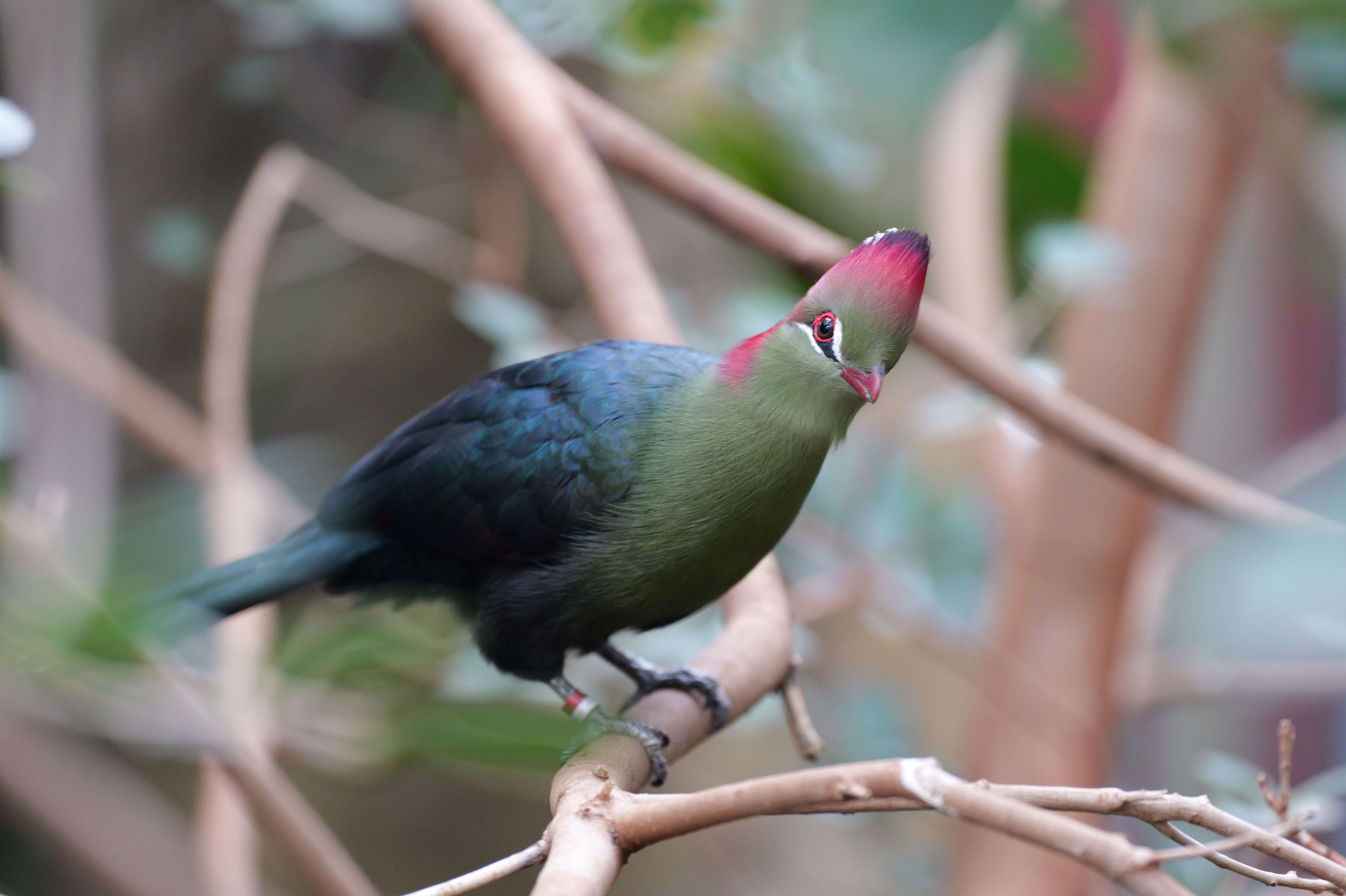

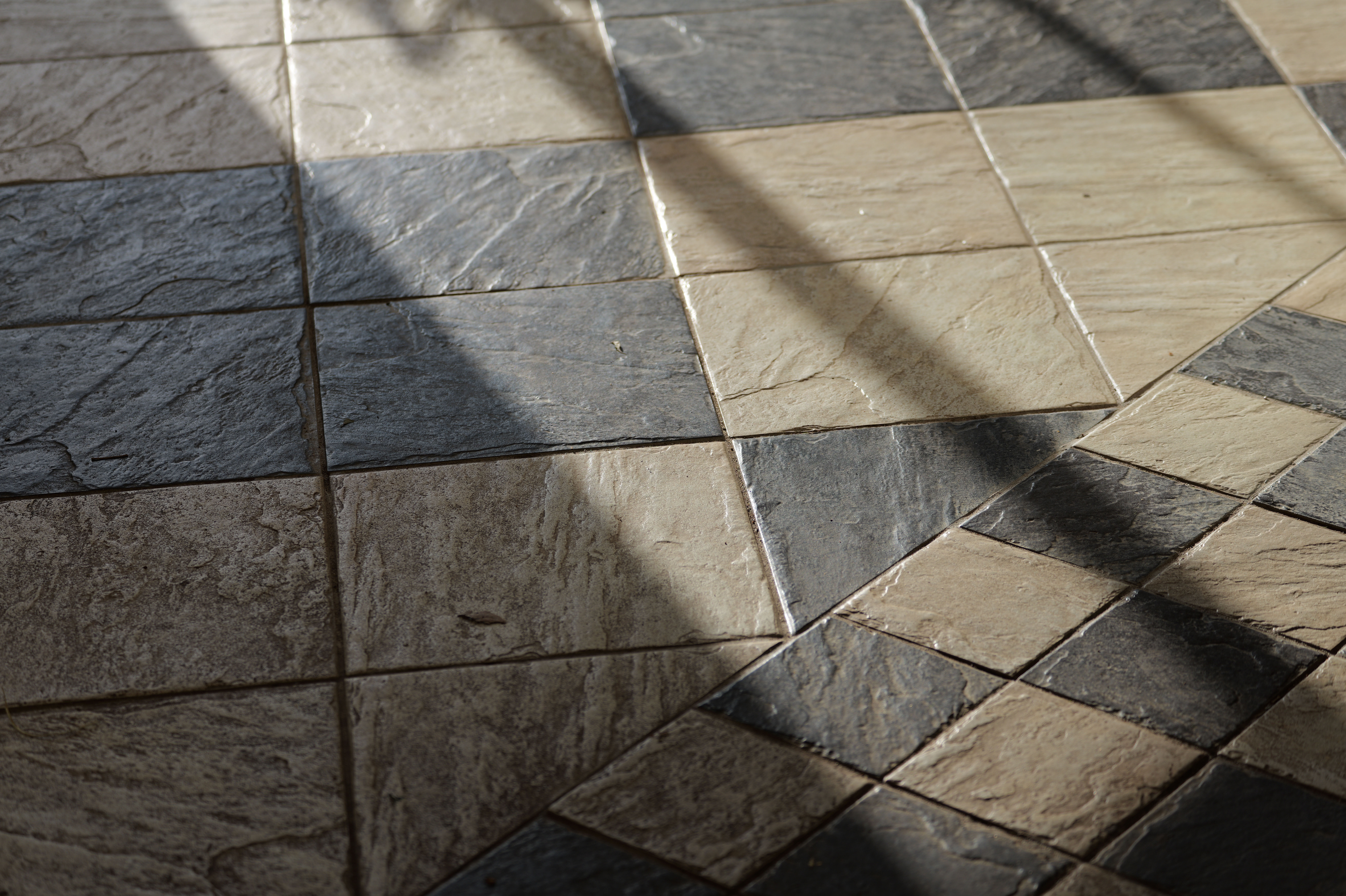


At $3,299 / £2,999 body-only, the S1R II undercuts rival flagships, leaving little room for complaint beyond its modest 340-shot battery life and the slight drop in pixel count versus its predecessor. Those who only need 6K video may still find the cheaper Lumix S5 IIX sufficient, but for creators who demand both 44 MP stills and uncompromised 8K cinema, the Lumix S1R II is the strongest, most future-proof Panasonic yet.
Read the full Panasonic Lumix S1R II review
Best value Panasonic camera
Specifications
Reasons to buy
Reasons to avoid
The Panasonic Lumix S5 II builds on the original Lumix S5, with a tough compact frame, class-leading 5-axis in-body image stabilization, and excellent color science. The most significant new addition is a Phase Hybrid autofocus system that combines PDAF with Contrast Detect AF to provide 779-area metering. This means it's better at detecting and tracking subjects, especially in low light and backlit scenarios.
The Lumix S5 II gives you truly unlimited 4K/60p 4:2:2 10-bit recording internally, S&Q 4K/60p (a high-speed 60fps) and FHD/180p, as well as up to 6K, full sensor readout video recording, making it a highly versatile camera for content creators.
Read more: Panasonic Lumix S5 II review
Best Panasonic camera for sports and wildlife
Specifications
Reasons to buy
Reasons to avoid
The Panasonic Lumix G9 II offers an all-in-one experience, catering to both photographers and videographers. Panasonic solidifies its position with the G9 II's exceptional video capabilities, while its in-body image stabilization and upgraded autofocus system make for stunning video quality that at long last competes neck-and-neck with other top brands.
In still photography, the Micro Four Thirds sensor shines in scenarios needing extended reach, perfect for capturing sports or wildlife, thanks to its 2x crop factor. Coupled with a faster processor, the camera now boasts rapid readout speeds. While it produces sharp, colorful images, the MTF sensor struggles a bit in low-light settings compared to larger sensors.





Overall, the Panasonic G9 II is a commendable successor to the original model, showcasing why Panasonic hasn't abandoned the MFT mount and why users shouldn't either. It's a versatile camera that excels in various shooting scenarios, making it a solid choice for both enthusiasts and professionals.
Read more: Panasonic Lumix G9 II review
Best high-speed hybrid Panasonic camera
Specifications
Reasons to buy
Reasons to avoid
This is one of the best hybrid cameras I've ever used, from any manufacturer. There's pretty much nothing it can't do, and it does everything very well indeed. The partially-stacked BSI image sensor and fast processor combine to deliver a blistering maximum frame rate of 70fps when shooting stills, backed up by super-fast autofocus for tracking moving subjects in the likes of sports and wildlife shooting scenarios.
Going steady, the camera also features amazing 5-axis IBIS (In-Body Image Stabilization), worth up to 8-stop performance in beating camera-shake.
Not just for any and every genre of stills shooting, the true hybrid nature of the camera extends to top-grade videography, with uncropped 6K/30p open-gate and 4K/120p, along with unlimited recording time. And if you don't feel the need for all that speed, take a look at the Panasonic Lumix S1 IIE which is more modest in terms of specs and purchase price.





All inn all, I feel that the Lumix S1 II is Panasonic's most convincing hybrid camera yet, built for shooters who prize speed. It's half-stacked 24 MP sensor fires 70 fps bursts and near-instant readout, virtually killing rolling shutter.
Read more: Panasonic Lumix S1 II review
The best Panasonic camera for vlogging

Specifications
Reasons to buy
Reasons to avoid
The Panasonic Lumix S9 brings high-quality imaging in a compact, user-friendly design, making it a great option for photographers who need full-frame performance without the bulk. With a 24.2-megapixel full-frame sensor, the S9 produces beautifully detailed images that are rich in color and depth and are ideal for capturing portraits, landscapes, and low-light scenarios. Its portability and ease of use set it apart for travel photographers and those wanting to carry light gear.
While the S9 offers exceptional image quality, it does come with a few trade-offs. Notably, it lacks a viewfinder, which can be challenging for composing shots in bright light since users must rely on the LCD screen alone. Additionally, the autofocus recognition lags behind some of the top competition, and battery life, though adequate for casual use, might not fully satisfy those hoping for extended shooting periods. With only one SD card slot and no mechanical shutter, the S9 also lacks some of the advanced controls favored by seasoned photographers.





Despite these limitations, the Lumix S9’s strengths make it a top choice for users who value portability, quality, and simplicity. It’s best suited for photographers who want a high-quality camera they can carry all day without feeling weighed down. However, those looking for a more feature-packed, action-ready model might explore other options in Panasonic’s lineup, such as the Lumix S5 series, which balances portability with a broader range of features.
Read more: Panasonic Lumix S9 review
Best Panasonic camera for pro video
Specifications
Reasons to buy
Reasons to avoid
There's fierce competition among cameras in this class, and within the $2000/£2000 price range, the Lumix S5 II stands out as the top value pick. However, the S5 IIX introduces some fantastic possibilities for just a slightly higher cost.
What's really remarkable about the S5II X is that it doesn't compromise the S5 II's existing features to incorporate additional video capabilities. In fact, it comes equipped with some features right out of the box, like improved autofocus and the Live View Composite mode, previously available on the S5II only through a firmware update.
For creators or filmmakers seeking a high-end hybrid camera that's both compact and capable of seamlessly integrating into professional workflows without sacrificing image quality, the Lumix S5 IIX presents a strong argument for itself. Even if RAW video capabilities aren't an immediate priority, features like ALL-I compression, direct shooting to SSDs, and streaming functionality alone would be enough to tip the scales in its favor over its counterpart and competitors priced similarly.
Read more: Panasonic Lumix S5 IIX review
Best Panasonic camera for travel
Specifications
Reasons to buy
Reasons to avoid
Vloggers and creative enthusiasts will appreciate the user-friendly design of the Lumix camera G100. It simplifies the process of capturing high-quality stills and videos with its easy-to-use button layout. Even those with no technical expertise in videography can achieve good results with this camera.
Creating a camera for social media creatives comes with the risk of overly simplifying the device, but Panasonic has managed to avoid this pitfall with the Lumix G100. Our full review showed that the camera boasts a decent viewfinder and ergonomics similar to a proper camera, giving it a competitive edge in the market.
The G100D is the updated version of the G100. It has only minor changes, such as replacing the Micro-USB port with a USB-C one, and the LCD EVF with an OLED EVF. Therefore, it is not worth upgrading from the previous model. If you come across a cheap G100, it might be a better option. Regardless, the G100D or G100 are ideal cameras for vlogging or regular photography enthusiasts.
Read more: Panasonic Lumix G100D review
Best Panasonic camera for enthusiast filmmakers
Specifications
Reasons to buy
Reasons to avoid
Panasonic's GH lineup of mirrorless Micro Four Thirds cameras has long been considered some of the best options around for affordable filmmaking. If you don't mind the smaller sensor, you get unlimited recording and an incredibly flexible range of video formats. Also, in this latest release, the Lumix GH7 joins the Lumix S5 II and Lumix G9 II in adding the feature that enthusiasts have been crying out for — yes, it's phase-detect autofocus.
The new hybrid system makes such a difference, putting the GH7 light years ahead of the GH6 in terms of its subject-tracking, face detection, and more. And while this autofocus isn't quite up to the level of Canon's or Sony's, Panasonic has its own tricks in the bag, and the Lumix GH7 once again has some of the most effective in-body stabilization in the industry. Pair this with a sensible ergonomic control layout that feels natural and intuitive to use, and you have a highly capable filmmaking camera on your hands.




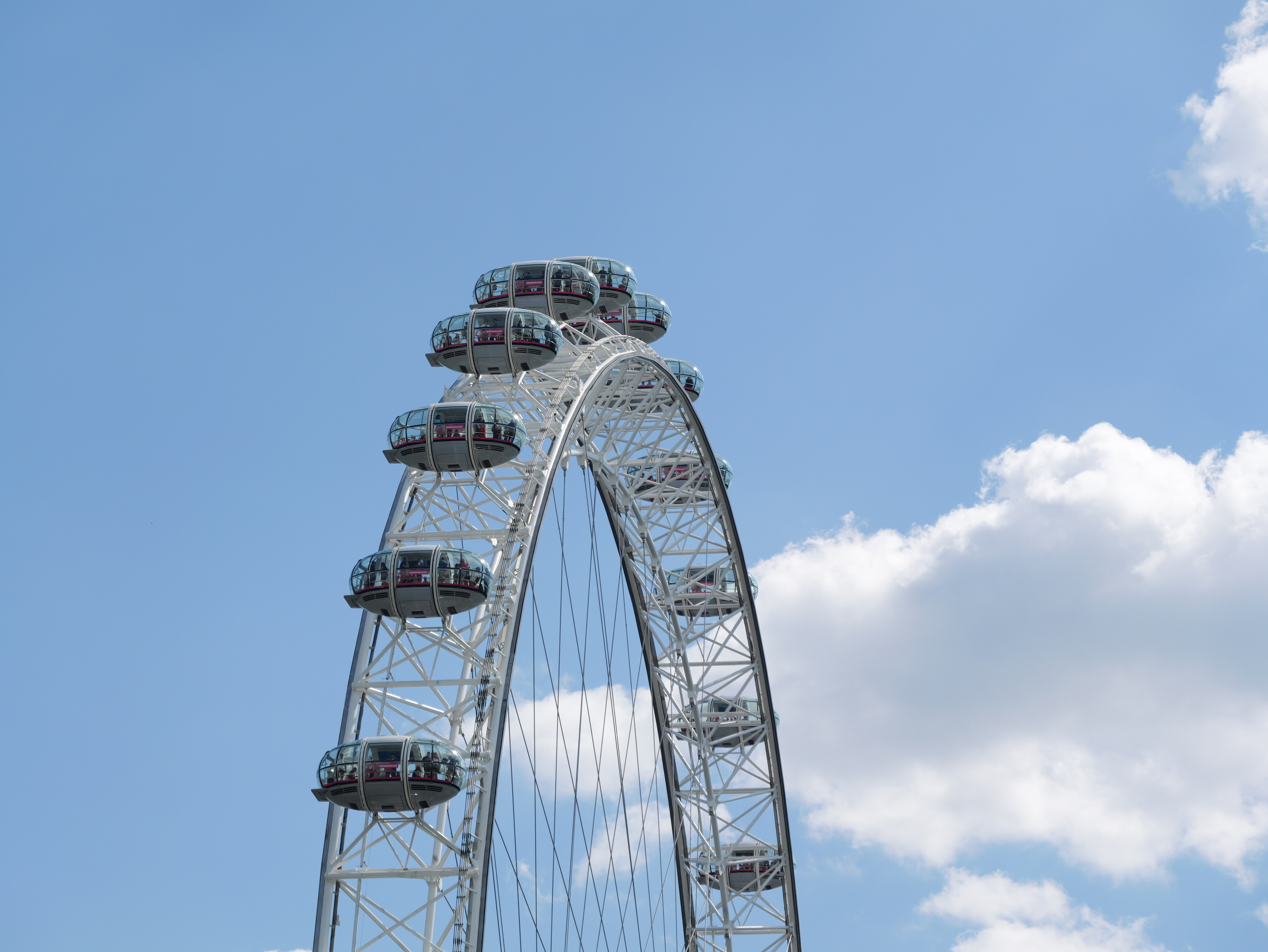
Then there's the video performance itself, with a frankly dizzying array of video options put at your fingertips. There's ProRes RAW HQ at 5.7K 30p or 4K 60p; there's open-gate 10-bit 4:2:0 recording in 5.8K 30p or 5.7K 60p; there's C4K 120p 10-bit 4:2:0; there's... well, we could go on (and in our review, we did). Suffice to say, the Lumix GH7 is a hugely flexible video machine, especially given the fact that its built-in fan makes recording times unlimited.
Read more: Panasonic Lumix GH7 review
Best Panasonic camera for affordable filmmaking
Specifications
Reasons to buy
Reasons to avoid
The original Panasonic Lumix GH5 was pretty widely regarded as one of the best consumer video cameras you could buy at the time, so it makes sense that the Panasonic Lumix GH5 Mark II wouldn't mess too much with that formula. In fact, this is a very minor refresh all around, but the video features it does add make it definitely worth considering for those who produce video content. It's cheaper than the newer Lumix GH6 and GH7, and is an ideal choice for budget-conscious filmmakers.
The stabilization system provides up to 6.5EV steps of compensation, which is hugely handy (while not everyone likes the smaller Four Thirds sensors, they are easier to stabilize). It also has live-streaming capabilities, and the video autofocus functions very well. Still widely available at a good price if you're looking for a new mirrorless filmmaking camera, this is a fantastic buy that we reckon offers better value for money than the Lumix GH6, as the real game-changing phase-detection autofocus didn't arrive until the GH7. It's also no slouch with stills either!
Read more: Panasonic Lumix GH5 II review
Comparisons and Lab Data
How to choose the best Panasonic camera
Finding the perfect Panasonic camera involves considering your specific needs. To begin, ask yourself, what am I going to use my camera for? – Whether it's photography, videography, vlogging, or a mix of these. This is a great first step to narrowing down the body and sensor size that will work best for you.
If you are primarily a stills photographer then focus on image quality imagery, starting with resolution (measured in megapixels) and sensor size. Larger sensors often offer better image quality, particularly in low-light conditions, and higher megapixels mean bigger photos and more room to crop images without losing quality.
Smaller sensors however offer more optical reach. A Micro Four Thirds sensor has a 2x crop rate, which means that a 100mm lens is really a 200mm lens, which is great if you shoot a lot of sports or wildlife where you want to get close to the action.
If video is a priority, features like 4K recording, frame rates, and supported video formats are key. Built-in image stabilization is invaluable for smoother video, particularly when shooting handheld. Additionally, a reliable and swift autofocus system is essential that can keep up with tracking moving subjects.
Budget also plays a crucial role. Panasonic offers a range of cameras across different price points. There will be some compromise on features, with more expensive cameras having newer and more powerful specs. It is good to begin with what you can afford, and then, if you feel constrained by that camera you can work out if you need a more expensive or different model down the line.
Finally, consider lenses. If you choose an interchangeable lens camera – L lenses, and MTF lenses are not interchangeable, so if you are thinking of buying into both full frame and MFT systems, then be aware you will need to buy two sets of unique lenses. If you prefer to not deal with changing lenses, then a compact camera with a fixed lens is the way to go.
Before making a decision, dive into the reviews featured in this guide which offer some expert recommendations and real-world insights into the performance and reliability of all the cameras on this list.
Which Panasonic camera is best for photography?
This depends on if you are looking for a full frame or a Micro Four Thirds camera. The current best full frame camera from Panasonic for stills is the Panasonic Lumic S5II, while the best Micro Four Thirds camera in Panasonic's lineup is the Panasonic Lumix G9 II.
Are Panasonic cameras the same as Leica cameras?
An interesting question. There is not a clear answer to this – however, the two companies have a good working relationship, partnering on many technologies including Micro Four Thirds and the L-Mount Alliance. So it would be unsurprising if other technologies were shared in both systems that have not been publically disclosed.
How we test Panasonic cameras
We put Panasonic cameras through rigorous evaluations encompassing real-world shooting conditions as well as meticulously controlled laboratory settings. Our comprehensive tests delve into key aspects such as resolution, dynamic range, and signal-to-noise ratio, vital in gauging camera performance.
To evaluate resolution, we employ ISO resolution charts, meticulously assessing the camera's ability to capture fine details. The dynamic range, a pivotal metric, is determined using specialized DxO Analyzer test equipment. Additionally, our analysis includes a meticulous examination of noise levels across the camera's ISO range, performed using DxO Analyzer.
These in-depth real-world assessments and lab-generated data serve as the cornerstone for our insights and recommendations featured in our buying guides. For a deeper understanding of our testing and reviewing methodologies, explore the detailed breakdown of how we test cameras at Digital Camera World.
Best lenses for Panasonic Lumix S5, S5 II and S5 IIx
The best Micro Four Thirds lenses
Best lenses for the Panasonic Lumix G7
The best camera deals, reviews, product advice, and unmissable photography news, direct to your inbox!

Gareth is a photographer based in London, working as a freelance photographer and videographer for the past several years, having the privilege to shoot for some household names. With work focusing on fashion, portrait and lifestyle content creation, he has developed a range of skills covering everything from editorial shoots to social media videos. Outside of work, he has a personal passion for travel and nature photography, with a devotion to sustainability and environmental causes.
- Rod LawtonContributor
- Jon Devo
